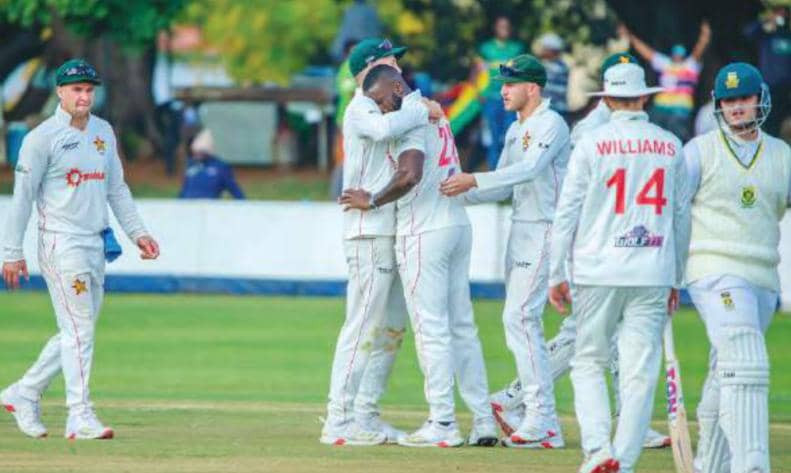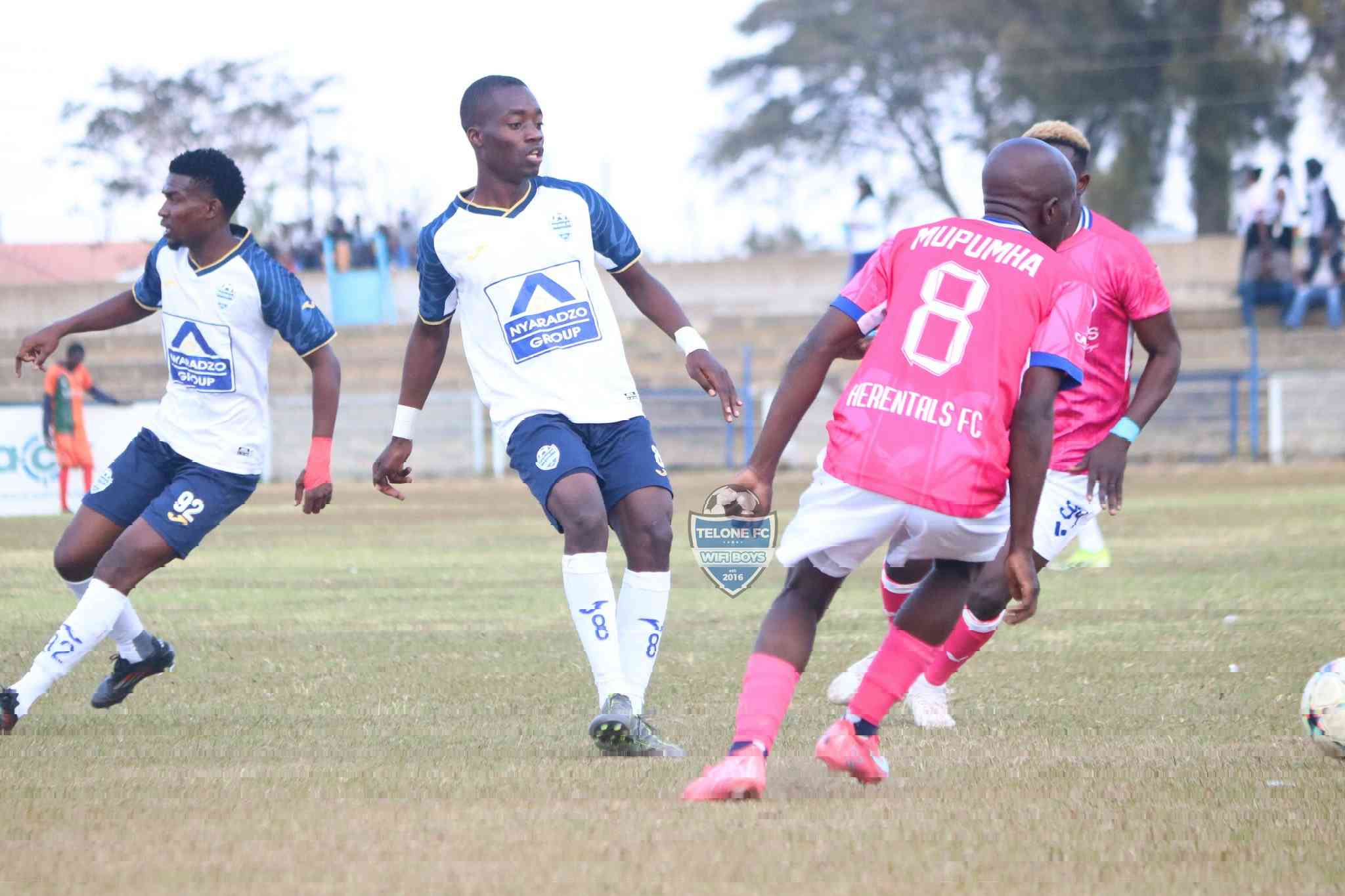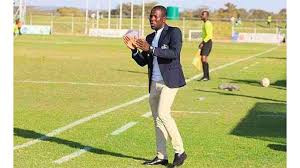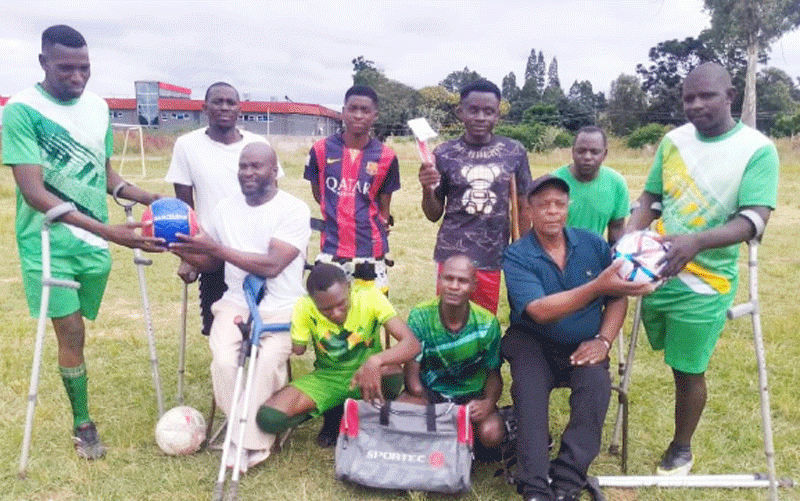
BY TIM MIDDLETON
COACHES in professional sport in recent times have adopted a rotation policy of their players. Topclass cricketers, soccer players and rugby players cannot keep playing week in, week out, without being rested. This makes a lot of sense on a lot of grounds. Firstly, it makes a lot of sense as the players need to keep fresh and to do that, they need to rest at times. Secondly, it prepares the players for when they are truly needed, perhaps through injury to team-mates, by giving them exposure to match situations and indeed pressure. Furthermore, it keeps all the players on their toes, and in doing so improves their performances, by introducing greater competition for places. It makes so much sense, even if any and every player does not want to miss any match.
Of course, no child wants to be dropped and no matter how a coach couches the temporary omission from the side (to give him a rest, to give others a chance, to try other players), the child will still think he has been dropped and consequently will be deeply upset – now there is a good learning opportunity, apart from anything else! Such situations are likely to happen later in life, be it in sport, business or other activities, and the coach may have missed a vital opportunity to use sport to prepare youngsters for all situations.
Sadly, we see little of such rotation at school sport level where, in fact, it would make even more sense. A fast bowler who went on to represent his country relates his experience at school where he was part of an extremely talented and successful cricket side. He was selected for the school First team at a young age, but being the youngster in the team, as well as the fast bowler, it does not need a genius to work out that this particular boy was put down as the last man to bat. However, he discovered that he was actually not the last man to bat as he never got to bat at all, all the batsmen above him scoring so freely and easily that he was never needed! This youngster did not bat in a school match for two and a half years! Indeed it got to the point where he did not even bother to take his batting gear to matches but simply took his boots.
The coach has missed a crucial point: what if all the batsmen above did fail and this youngster was left to save the match having had no batting experience for years? How ready would he have been? And if the batsmen in his team are so successful and strong, then what would be the problem in putting the bowler in to bat at the top of the order sometimes, as even if the bowler failed with the bat, the strong batsmen would be able to save the day, albeit later in the innings.
More than that, though, the coach did not see the bowler as a cricketer, only as a fast bowler. Yet here is the thing that perhaps the coach missed: all bowlers do bat at some stage in an innings but not all batsmen bowl; it is therefore even more important that bowlers do get the experience of batting in a match situation. Furthermore a bowler may learn a lot about his bowling from batting by seeing how other bowlers bowl at close quarters! Rotate the batting order!
The reason a coach does not rotate his players at school level is no doubt because he does not want his side to lose (interestingly, though, coaches encourage batsmen to rotate the strike!). He only has the players for a short period of time so he will use them to improve the win-loss ratio. He would perhaps point out how great a team he had and how great a coach he was. The truth may rather be that it was not a great team (as the team was divided) and he was not a great coach (as he did not maximise the potential of all his players). The coach might rather be seen as short-sighted or single-minded. Yet this is school sport, where sport is meant to be more about learning than winning, about developing each and every child.
Another coach, this time in basketball, did adopt a rotation policy at Under-14 level, whereby in matches he would play his starting five, take them off after a while and put on five more players, then later give five more youngsters the opportunity; he did not keep his top players on for as long as possible, even when results were not going for them. This made a huge amount of sense not least as youngsters will now want to continue in that sport, having been given a full taste of it. Our task at school is simple — rotate the strike! What goes around, comes around! Howzat?
- Chamisa under fire over US$120K donation
- Mavhunga puts DeMbare into Chibuku quarterfinals
- Pension funds bet on Cabora Bassa oilfields
- Councils defy govt fire tender directive
Keep Reading
- Tim Middleton is a former international hockey player and headmaster, currently serving as the Executive Director of the Association of Trust Schools Email: [email protected]











